Olympics bikes and tech: What we're hoping and expecting to see
All the bikes, clothing, tech and more from the Tokyo Olympic Games road and track events
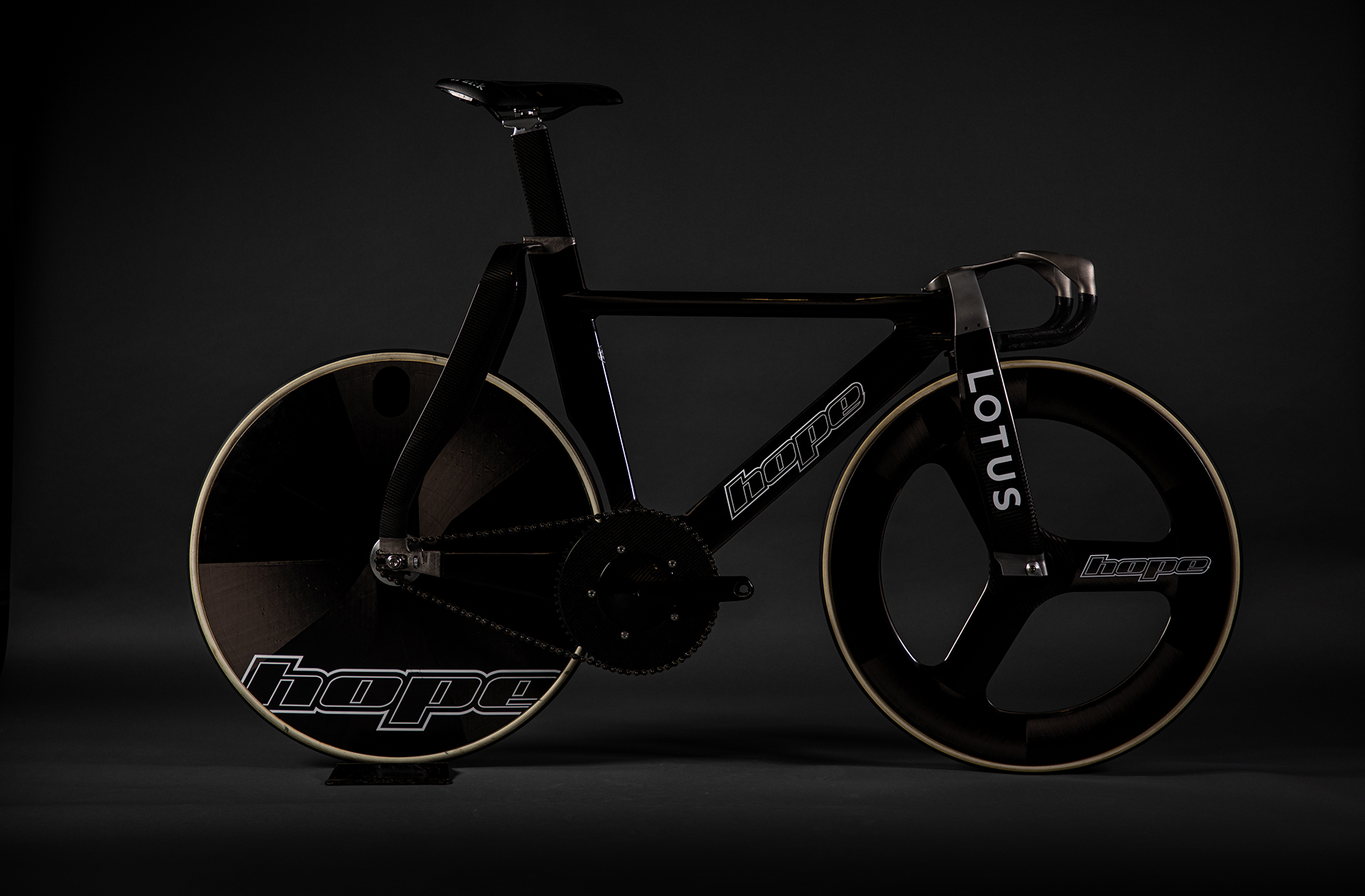
Thanks to COVID-19, it has been five years since the last Olympic Games were held, but even in a normal four-year cycle, the Olympics typically sees a near-clean slate when it comes to the tech, bikes, clothing and components on show compared to the previous event.
This is because cycling, especially at the top level, is a breeding ground for innovation and invention, and competitors are forever looking to outdo one another in the pursuit of speed. As a result, the rate at which the bikes, components and technologies change is extremely high, and a bike considered top-spec four or five years ago will likely be considered redundant today when the goal is Gold.
Despite a huge number of tech launches and stories coming out of the recently finished Tour de France, the Olympics presents a whole new world of tech to sink our teeth into. Not only do the national federations begin to unveil the fruits of their respective R&D departments' labour, but the trade team rules relax and with them, sponsor obligations go out of the window. Most sponsored pro riders will usually use their trade team supplied kit anyway, but it's here where we begin to see if riders really like the tech they're paid to use or not.
What's more, with the enormous audiences on offer, marketing departments will be in peak form trying to capture the ever-shortening attention spans of the public.
So, with the first few days of the Games already underway, the cycling events are almost upon us, so here's a sneak preview of what we hope and expect to see, and a few things you should look out for.
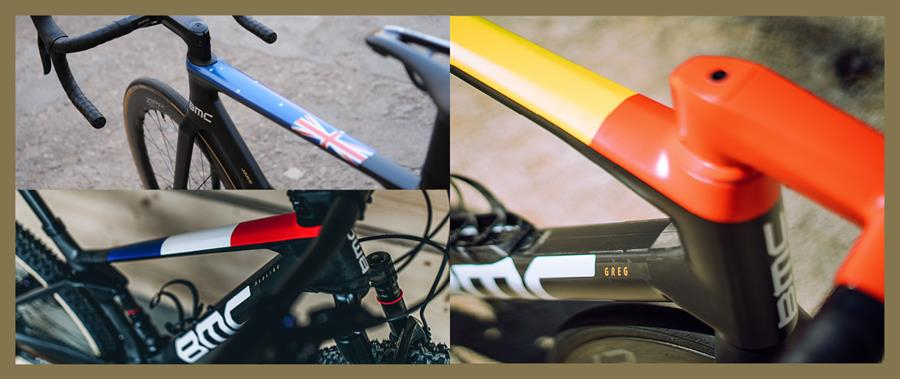
Custom tech
Here at Cyclingnews, we often talk about how the Tour de France is a 'shop window' for cycling brands to show off their latest innovations and their promises of free speed, thanks to the huge viewership it attracts. However, while the Tour de France draws in a big crowd in cycling terms, it is dwarfed by the size of the crowd drawn by the Olympics.
With that, we expect to see brands supplying their sponsored riders with custom-painted bikes, and we trust they'll be pulling out all the stops to steal the headlines. As an example, back in Rio 2016, Specialized launched a heat-reactive paint that changed colour as the riders raced. But at the very least, with the riders representing their countries rather than trade teams, we expect most of these paint jobs will be centred around each country's respective flag.
Get The Leadout Newsletter
The latest race content, interviews, features, reviews and expert buying guides, direct to your inbox!
In addition to the bikes, we're expecting to see some creativity in the accessories department, with helmets, gloves and shoes getting the custom treatment.
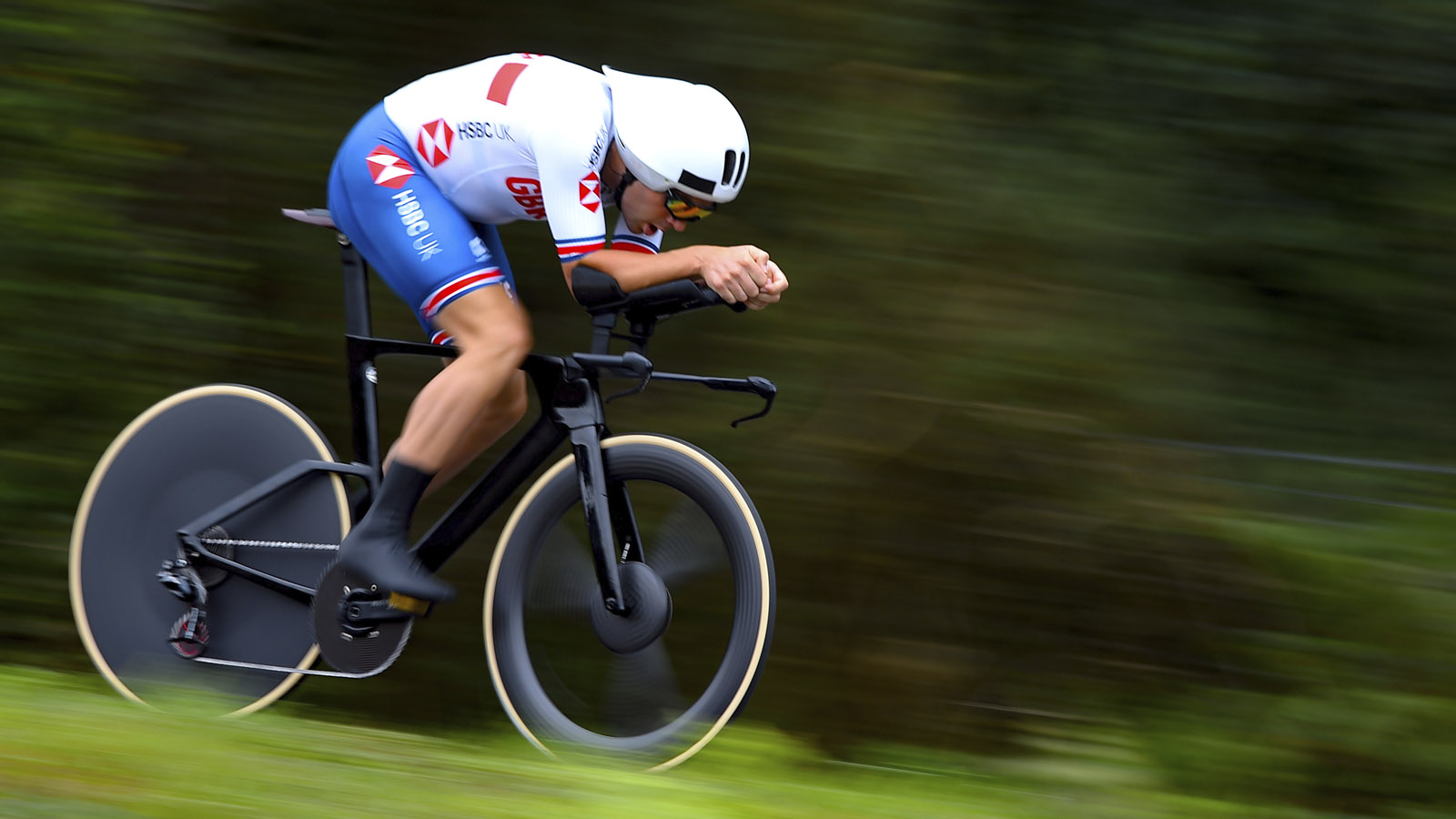
Trade team rules relax
Since riders are there under the obligation of representing their countries rather than the team that pays their salary, the rules on what products they should use effectively go out of the window.
What that means is that if a rider doesn't want to use their team-provided bike, they'd be well within their rights. However, it's a very grey area. There is still a sense of moral obligation because that rider is paid to represent a brand, and there's no worse representation than actively choosing to avoid it. Especially since these riders get their bikes for free, and would have to buy the competitor product out of their own pocket.
So while many riders will be given custom painted components from their team's sponsors, some will opt for competitor products - usually with the logos removed.
While this could happen in the road racing events, it's most likely to be seen in the time trials, with the very nature of the race against the clock, the equipment used can very easily be the difference between winning and losing.
However, this moral obligation doesn't translate over to the track events, not least because the road bikes supplied by trade team sponsors aren't allowed to be used on the track. Riders here will be supplied the entirety of their kit list, bikes and all, by their national federation.
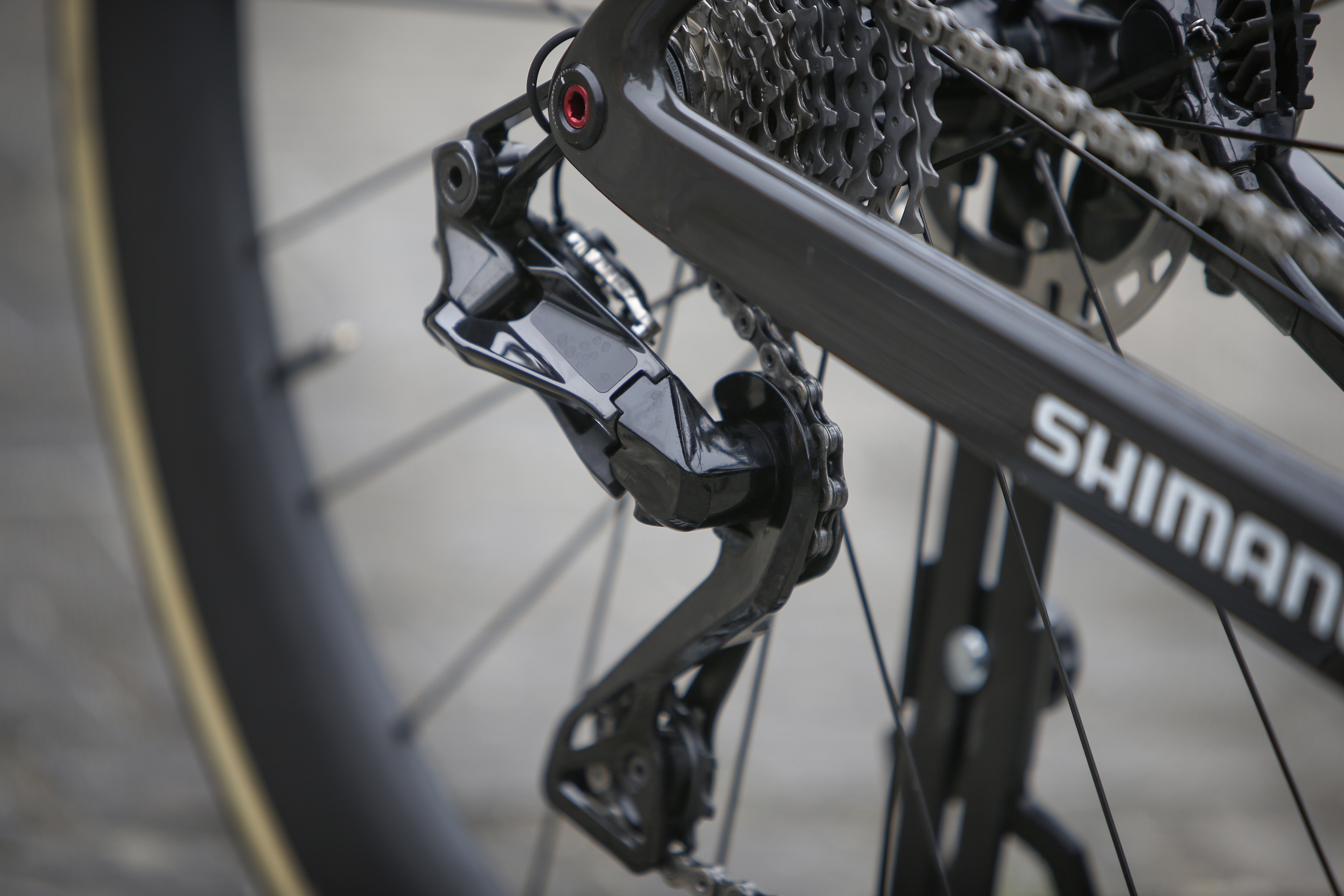
New tech
Going back to that 'shop window effect' concept, there's no better time to launch something than when millions of people are watching, so with that in mind, expect to see swathes of new tech as the Olympic cycling events unfold.
Of course, we've already seen a host of new bikes this year, many of which have launched officially, but there are plenty that are still unconfirmed. Cervelo's new road bike, expected to be the new R5, is one of those, along with time trial bikes from Factor, Trek and Cannondale respectively.
The other thing we're hoping to get another glimpse of is the new Shimano Dura-Ace groupset. It finally broke cover at the Baloise Belgium Tour ahead of the Tour de France, leaving plenty of questions still on the table, but it then went back into hiding and we've seen nothing since. Could the Olympics be the launchpad it's been waiting for?
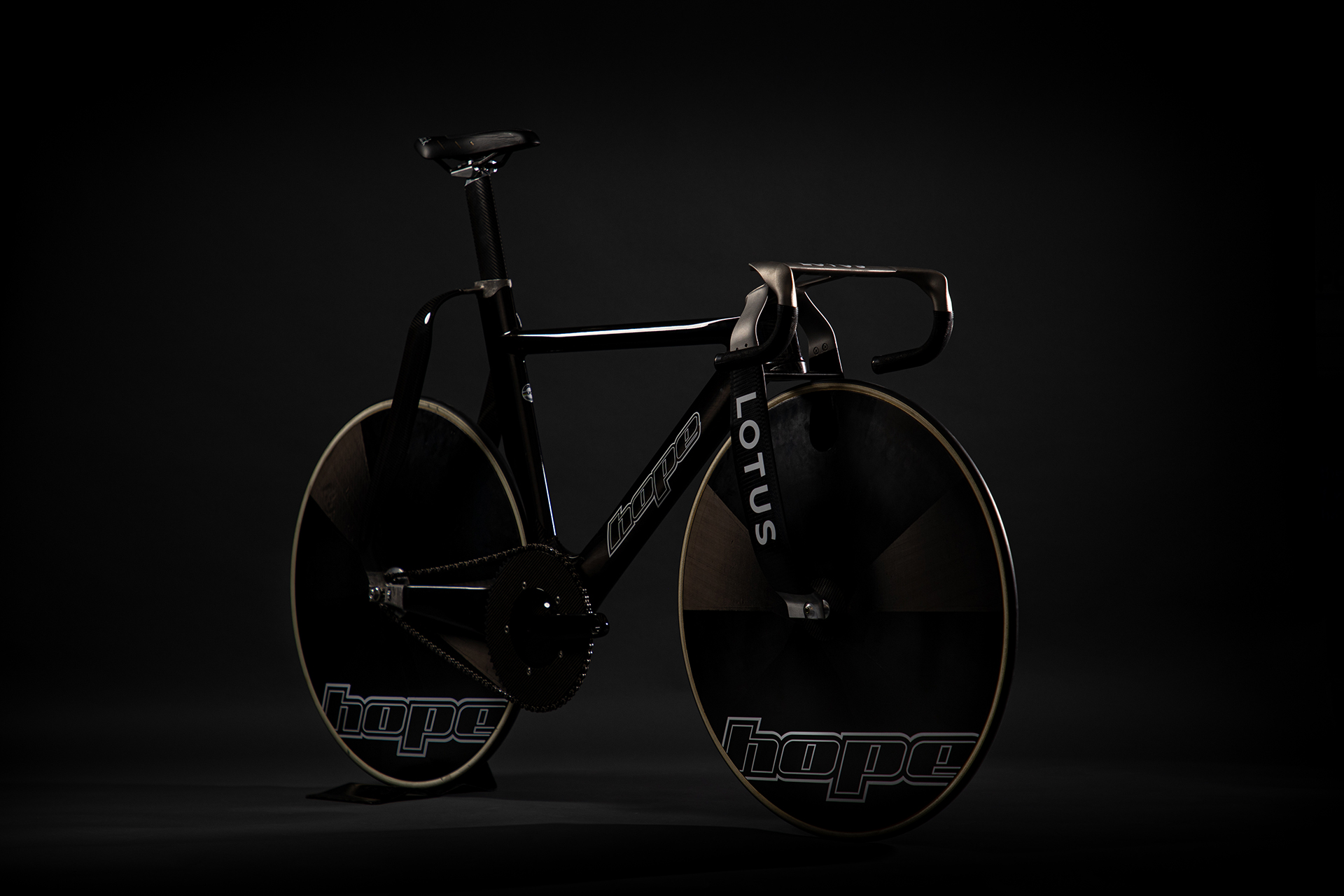
Wild track bike tech
And of course, it couldn't be the Olympics without a velodrome, and whether it's pursuit style or sprint style events, there's sure to be a host of new tech to look out for.
It's here on the track where the national federations use their R&D budgets to the biggest effect. Team GB, for example, long employed a group of experts, known as the 'Secret Squirrel Club', dedicated to finding these so-called marginal gains. Nowadays, almost all medal contenders will have a team of aerodynamicists working alongside the rest of the coaching staff.
The result is some wild prototypes, concepts and technological advancement, not least the radical Lotus Hope track bike that was unveiled ahead of the games.

Josh is Associate Editor of Cyclingnews – leading our content on the best bikes, kit and the latest breaking tech stories from the pro peloton. He has been with us since the summer of 2019 and throughout that time he's covered everything from buyer's guides and deals to the latest tech news and reviews.
On the bike, Josh has been riding and racing for over 15 years. He started out racing cross country in his teens back when 26-inch wheels and triple chainsets were still mainstream, but he found favour in road racing in his early 20s, racing at a local and national level for Somerset-based Team Tor 2000. These days he rides indoors for convenience and fitness, and outdoors for fun on road, gravel, 'cross and cross-country bikes, the latter usually with his two dogs in tow.